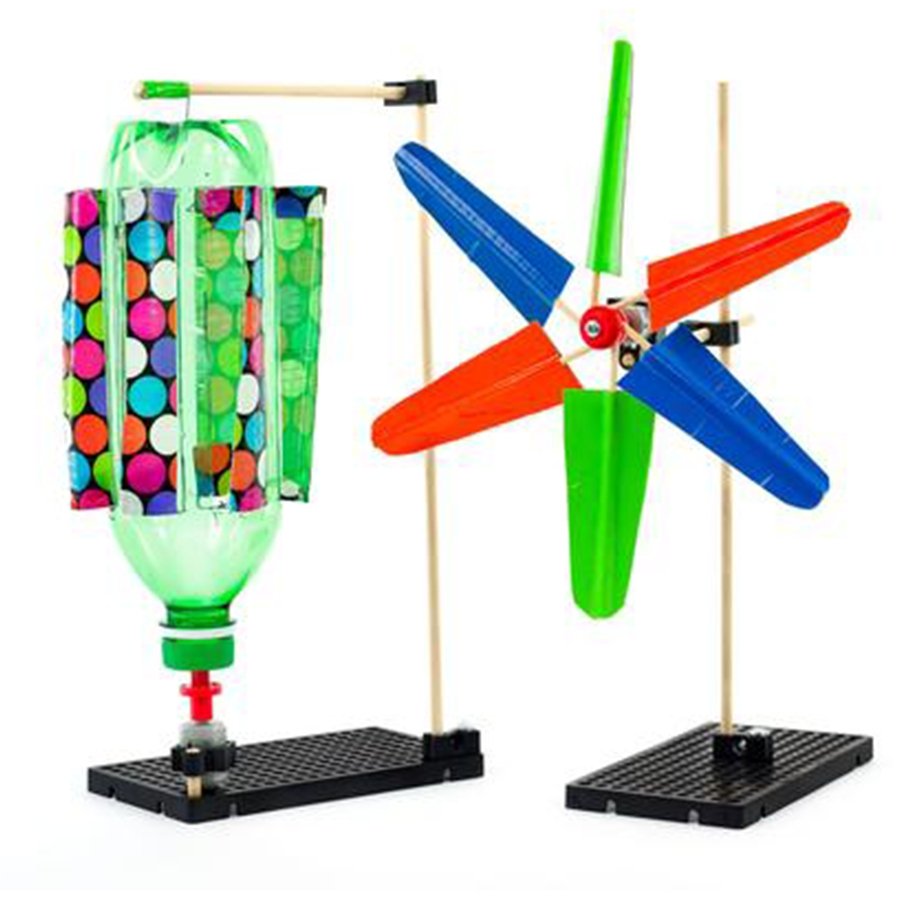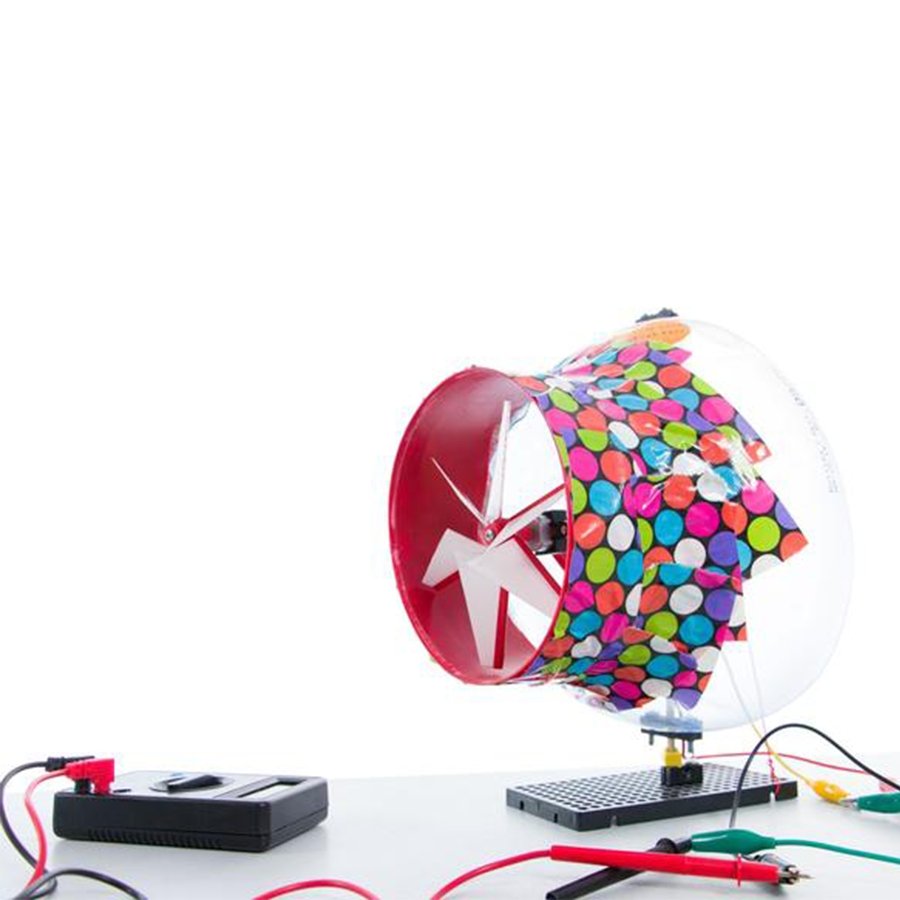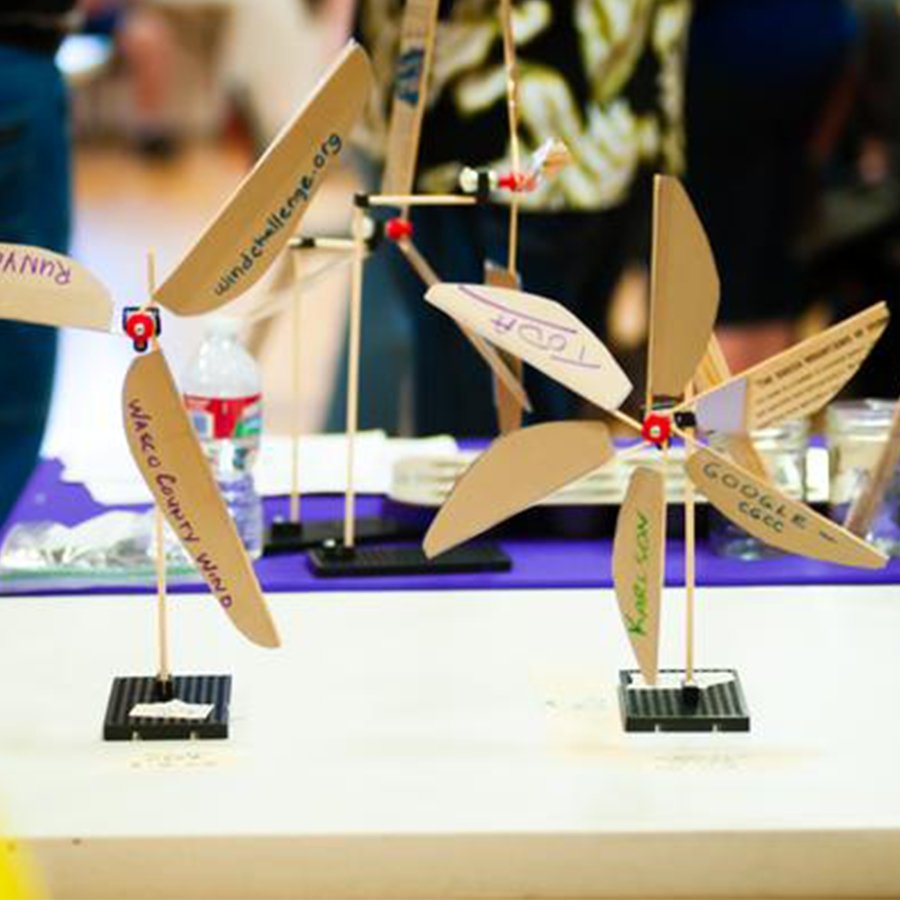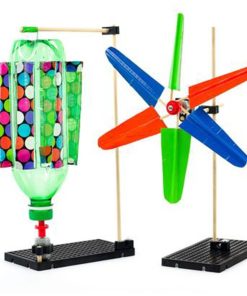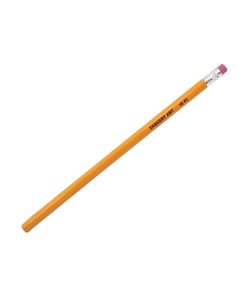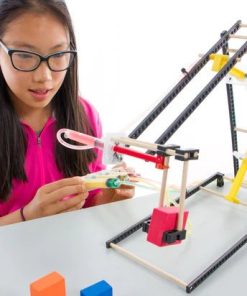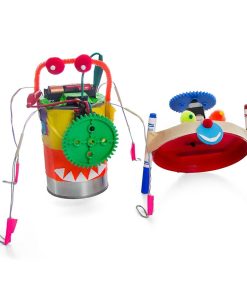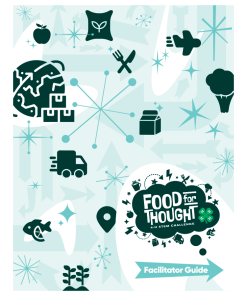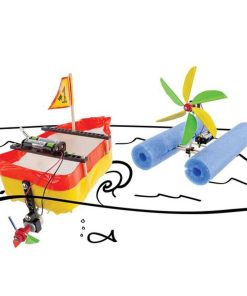Mini Wind Turbine Activity Shop 4-H
$ 7,99 $ 4,79
Design a turbine to harness the power of the wind and convert it into electricity. Start with your example build, testing through inquiry and experimentation. Then, iterate new designs and additions to transform the wind turbine into your own unique design.
Create the blades utilizing recycling bin materials. Adjust the angle, pitch and amount of blades to observe the electrical output of your wind turbine. Then use our Testing Kit to measure just how much energy your wind turbine creates. We included plenty of extra components to try different designs.
This activity is a favorite for kitchen table innovation, elementary schools, middle schools, high schools, universities, scout troops, camps, 4-H groups, and maker spaces. It’s a wonderful activity for parents, grandparents or teachers to work on with their kids.
This educational product pairs well with the Chapter 4 activity in The Power of the Wind Curriculum and is suitable for all ages, however youth 12 and under may require adult supervision.
Activity Documents
Click on the flowchart to view documents from each category.
Go Guide:
|
Go Guide: PDF DOCX |
Give it to your students and go! This is the essential document to get students started with the Mini Wind Turbine, and it culminates in the Voltage Challenge. |
Labs:
|
Blade Design Lab: PDF DOCX |
Create an experiment to investigate the variables that affect turbine blade design, then use the results to build a better wind turbine! Ages 8+. |
Challenges:
|
Go Guide: PDF DOCX |
Design your turbine to generate the greatest voltage, turn into the wind, or be more environmentally friendly! See the Go Guide document for challenge instructions. |
|
Engineering Notebook: Simple Version Full Version |
Available at two different learning levels, Engineering Notebooks are designed to help students cycle through the Design & Engineering Process and help them innovate and invent new designs. Use an Engineering Notebook page for each iteration of design. We recommend keeping extra copies of this on-hand for kids during activities. |
Other Resources:
|
STEAM Market-It Challenge: PDF DOCX |
Add the STEAM Market-It Challenge to any completed activity to teach students how to turn their design into a retail product. Students will learn the 4 ‘Ps’ of marketing – Product, Placement, Price and Promotion. Students have the option of completing a commercial, a billboard or retail packaging as a summative assessment. |
|
Engineering Notebooks: Simple Version Full Version |
Available at two different learning levels, Engineering Notebooks are designed to help students cycle through the Design & Engineering Process and help them innovate and invent new designs. Use an Engineering Notebook page for each iteration of design. We recommend keeping extra copies of this on-hand for kids during activities. |
Optional Tools
Make even more innovative Turbines with these optional tools!

Multi-Cutter
Cut dowels, strips,
recycling bin items,
etc.

Reamer
Ream teeth from
holes so dowels
spin freely.

Screw Driver
Drive screws
into holes.

Mini Hammer
Tap dowels into
other components.

Slip Joint Pliers
Grab nuts, bend
wires, etc.
Mini Wind Turbine Components
What comes with Mini Wind Turbine?

1x Hole Plate
2x Perpendicular Blocks
1x Nut (#10)
1x Screw (#10 25 mm)
1x Mini Hub Screw
1x Mini Hub Cover (red)
1x Mini Hub Base(red)
1x Motor (1.5V – 3V)
1x Motor Mount (1.5V – 3V)
3x Chipboard (22 cm x 5 cm)
6x Project Sticks (250 mm)
6x Project Sticks (100 mm)
1x dowel (300 mm)
1x Dowel (150 mm)
1x Dowel (50 mm)
This is an educational product and not a toy. It is intended for use by ages 6 and above with adult supervision.
Science, Math & Engineering Standards
Our engineering kits fit proposals, grants or lesson plans with ease! Explore more resources below:
|
NGSS Standards Spreadsheet: PDF DOCX |
NGSS standards matrix for all activities. |
|
ITEEA Standards Spreadsheet: PDF DOCX |
ITEEA standards matrix for all activities. |
Fast Shipping & Professional Packing
We can offer a variety of shipping options due to our long-term partnership with UPS FedEx DHL. Our warehouse staff are highly educated and will package the items according to our precise and exact specifications. Your products will go through a thorough inspection and be properly secured before they are shipped. Each day, we ship to thousands of clients in multiple countries. This demonstrates our dedication to become the biggest online retailer in the world. Warehouses and distribution centres can be located in Europe and the USA.
Note: Orders with more than one item are assigned a processing period depending on the item.
Before shipping, we will examine the items ordered thoroughly before sending the items. Currently, most orders are shipped within 48 hours. The estimated delivery time is 3 to 7 days.
Returns
Stock is dynamic. It's not entirely managed by us, as we're involved with several organizations, such as the factory and the storage. So the actual stock may fluctuate at any moment. It is possible that you will not receive your purchase after it has been placed.
The policy is for 30 days. If you haven't received your product within the 30 days period, we're unable to offer a refund or an exchange.
Your item should be in its original packaging and not be used. It must also still remain in the original packaging.
Related products
Educational Kit & Supplies
Educational Kit & Supplies
Educational Kit & Supplies
Educational Kit & Supplies
Educational Kit & Supplies
Educational Kit & Supplies
Educational Kit & Supplies
Educational Kit & Supplies
Educational Kit & Supplies
Educational Kit & Supplies
Educational Kit & Supplies
Educational Kit & Supplies
Educational Kit & Supplies
Educational Kit & Supplies
Educational Kit & Supplies
Educational Kit & Supplies
Educational Kit & Supplies
Educational Kit & Supplies
Educational Kit & Supplies
Educational Kit & Supplies
Educational Kit & Supplies
Educational Kit & Supplies
Educational Kit & Supplies
Educational Kit & Supplies
Educational Kit & Supplies
Educational Kit & Supplies
Educational Kit & Supplies
Educational Kit & Supplies
Educational Kit & Supplies
Educational Kit & Supplies
Educational Kit & Supplies
Educational Kit & Supplies
